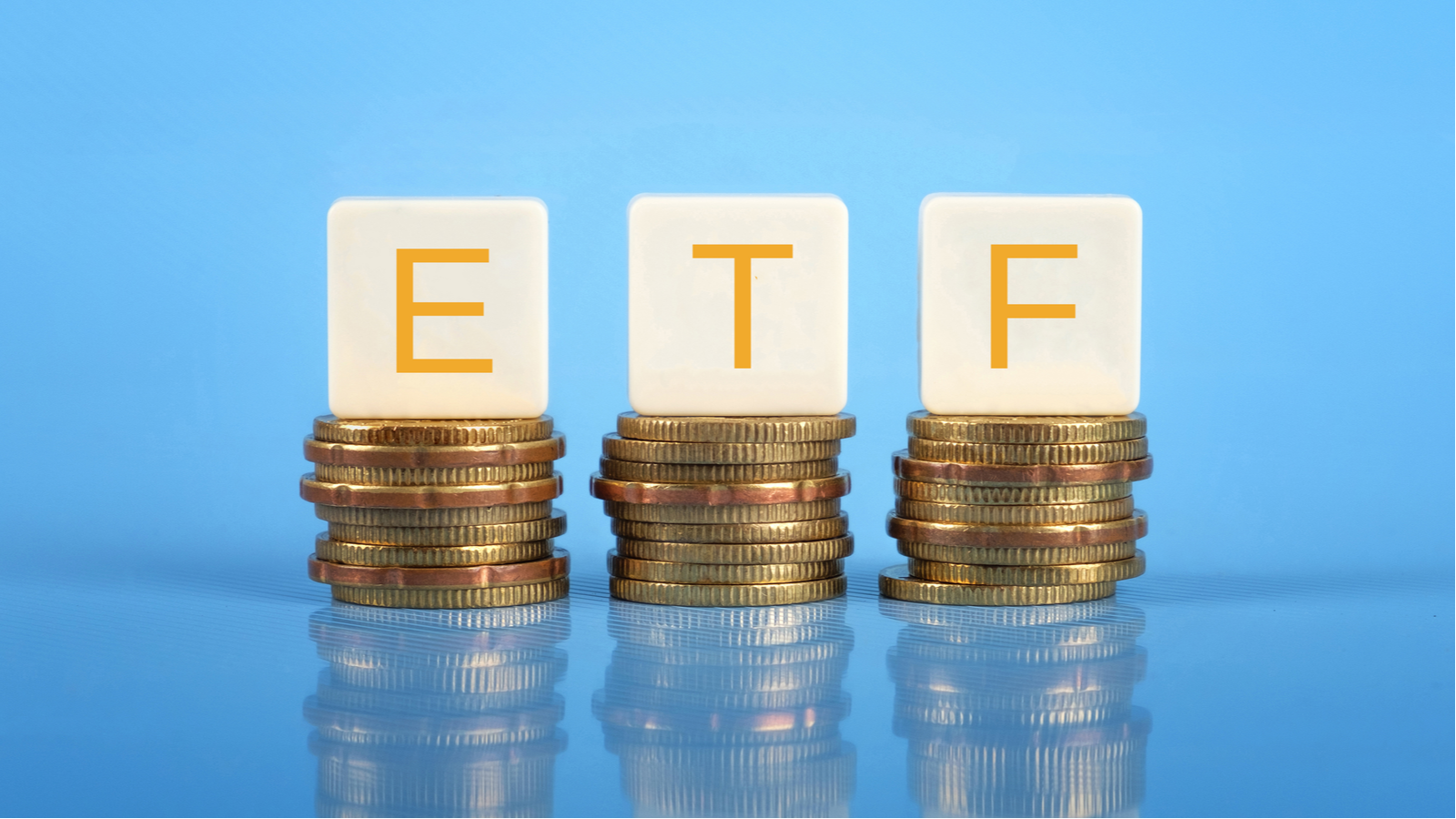
Investing in stocks can lead to long-term wealth, but it takes a lot of time and effort to stay on top of your assets. Investors who buy dozens of stocks have even more research on their hands. They have to keep up with individual companies, read earnings reports, and stay on top of macroeconomic news. This has led to the rise of the best ETFs to buy.
If all of that work sounds exhausting, you may benefit from buying exchange-traded funds instead. ETFs give investors exposure to dozens of stocks, and some of these funds have hundreds of investments. These funds trade on the market during regular hours.
Some ETFs follow popular indexes, while others outperform. Investors should consider their financial goals and portfolio objectives before committing to an ETF. However, if you are looking for ideas, these are three top ETFs to consider.
VanEck Semiconductor ETF (SMH)
The VanEck Semiconductor ETF (NASDAQ:SMH) is a top-performing fund that mirrors the MVIS U.S. Listed Semiconductor 25 Index. SMH has over $10 billion in net assets and a 0.35% expense ratio.
Semiconductors are an integral component of electronics and artificial intelligence. Computers, smartphones, and AI tools are some of the resources that require chips. The companies in SMH benefit from the rising demand and significance of semiconductors.
The fund’s top three holdings are Nvidia (NASDAQ:NVDA), Taiwan Semiconductor Manufacturing Company (NYSE:TSM), and Broadcom (NASDAQ:AVGO). Those companies make up over 35% of the fund’s entire assets.
The VanEck Semiconductor ETF has performed exceptionally well throughout its history. The fund is up by 58% year-to-date and has an annualized return of 25% over the past 10 years. Most of the fund’s assets go to U.S.-based companies, and SMH has a 0.77% distribution yield.
Invesco QQQ Trust Series 1 (QQQ)

The Invesco QQQ Trust Series 1 (NASDAQ:QQQ) mirrors the Nasdaq Composite 100. This popular stock index gives investors exposure to popular tech stocks, such as the Magnificent Seven.
The fund’s top three holdings are Apple (NASDAQ:AAPL), Microsoft (NASDAQ:MSFT), and Amazon (NASDAQ:AMZN). Those three stocks make up over 25% of the fund’s total assets. Nvidia, Meta Platforms (NASDAQ:META), and Broadcom (NASDAQ:AVGO) are close behind.
Tech stocks tend to outperform other sectors when the economy is good. These stocks often command higher valuations due to their consistent revenue and earnings growth. These companies also tap into many opportunities. Microsoft and Amazon each have so many assets under their ownership that investors can treat those individual stocks as funds. However, it is a good idea to buy ETFs instead of treating a stock as a fund.
QQQ has over $200 billion in assets under management and has 101 holdings. Investing in QQQ over the past 10 years would have turned a $10,000 investment into $54,833. QQQ is the second-most traded ETF in the U.S. and has a 0.20% expense ratio.
SPDR S&P 500 ETF Trust (SPY)

The SPDR S&P 500 ETF Trust (NYSEARCA:SPY) is a straightforward ETF that mirrors the S&P 500’s performance. SPY is the largest ETF in the U.S. and has over $412 billion in assets under management. The fund has an affordable 0.09% expense ratio.
SPY’s market value has gone up by 20.6% year-to-date and has generated a 12.5% annualized return over the past 10 years. The annualized return has been 10% ever since the fund’s inception on January 22, 1993.
The fund has been a steady performer over multiple decades and is spread across several sectors. Information Technology, Health Care, and Financial are the three largest sectors, and they make up over 50% of the fund’s total assets.
The top three holdings for the SPY ETF are Apple, Microsoft, and Amazon. These three assets make up roughly 17% of the fund’s total assets.
SPY and QQQ are often compared to each other due to their nature as the two largest ETFs in the U.S. While QQQ is known to generate higher returns, SPY has a more diversified portfolio that encompasses more sectors. Both of these funds have rewarded long-term investors.
On the date of publication, Marc Guberti did not have (either directly or indirectly) any positions in the securities mentioned in this article. The opinions expressed in this article are those of the writer, subject to the InvestorPlace.com Publishing Guidelines.




